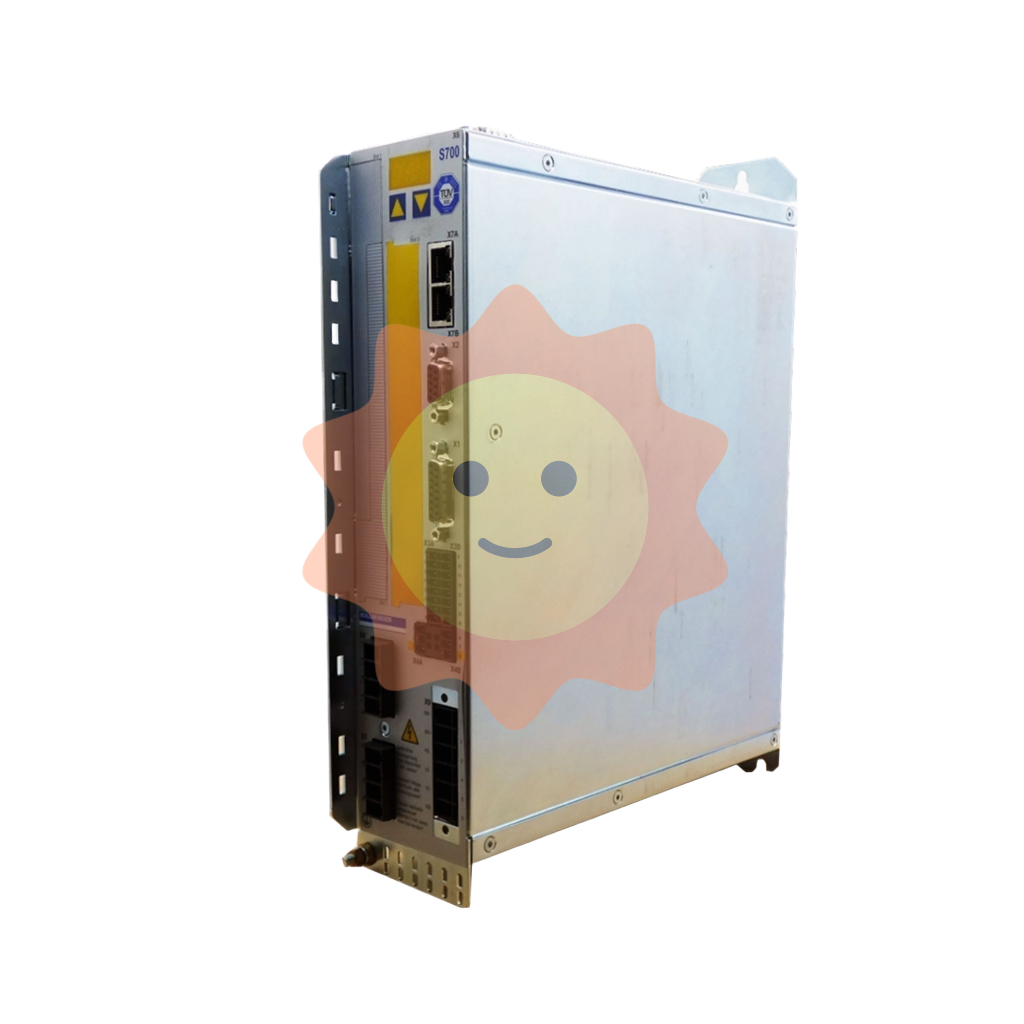As consumption habits change, what trends will drive the future of logistics real estate?
2.2 Response of developers and owners
Changing consumer behavior, customer expectations, omnichannel, fulfillment and delivery/logistics strategies continue to be key criteria when choosing a new logistics carrier.
However, as new logistics facilities are developed, the proliferation of new technologies, bespoke warehousing/fulfillment solutions and e-commerce transportation capabilities are increasing the risk of new build properties becoming obsolete. Most of the new properties currently under development are investment products, generally based on generic design principles, with limited innovation. The pace of change in expected operational efficiency and the flexibility and complexity of new tenants have caused many developers and owners to reevaluate their business strategies. These could include more sustainable approaches to designing new products and a greater focus on understanding the end-user's business operating model.
Below is a list of the types of properties that are being affected by emerging trends, e-commerce and omnichannel phenomena, as well as the key strategic focus points:
• Storage distribution center - port and strategic location
• Consolidated warehouse - capital city, strategic location
• Fulfillment/E-commerce facilities - strategic location, major transportation network
• "Last mile" logistics facilities - small/flexible facilities close to customers, urban/suburban locations, online ordering and pickup, reverse logistics.
03 Technology and innovation of logistics sector
Although the fundamentals of design logistics buildings are becoming more and more customized.
New logistics warehouse buildings are designed to be tailored to the company's supply chain needs and its technical and customer needs, most notably in the adoption of robots and automation equipment.
The operation of the supply chain varies from product to product, such as food distribution and fashion, and is designed to maximize the operational efficiency of the warehouse user and facilitate distribution to customers while preserving the universality of the product.

New logistics buildings need to be designed with the following main factors in mind so that the risk of obsolescence is minimised when they are developed:
• Consider the way transport vehicles access and use logistics facilities, the impact of peak vehicle periods, vehicle queues and site traffic management strategies;
Employee/operator changes and required operational functions within the facility: amenities near work areas, employee access requirements (including relevant safety and functional), on-site parking and/or public transportation parking areas and capacity, personnel access/access requirements taking into account high frequency operational areas of the warehouse separately;
• Ability to provide integrated, high quality technical and digital solutions, including power access to designated server/data rooms, diversity of information sources, reservoir backbone, base building BMS/WHMS systems and backup generators.
3.1 Warehouses and distribution centers are growing in size
Over the past decade, the size of warehouses and distribution facilities has also grown dramatically as e-commerce operations have required larger areas to house growing inventories and achieve greater efficiency. New warehouses and distribution facilities are equipped with lower unloading platforms and rolling doors to increase throughput efficiency and perform multiple dispatch and scheduling tasks simultaneously. The efficiencies created by these large facilities also lead to direct savings in the "in-store cost" of consumer goods.
Clean energy technology With sustainability in mind, energy use is another indicator of efficiency. The warehouse of the future is likely to operate 24 hours a day, 7 days a week, 365 days a year, so reducing electricity and other utility consumption is an important consideration. The use of alternative energy sources to achieve carbon neutrality is an inevitable trend in warehouse construction, so in modern buildings, clean energy generation devices such as solar panels and wind power, which is still a nascent industry, will be increasingly used for lighting and heating. Charging devices for electric vehicles that can store electricity and transfer unused energy will become the most common equipment.
3.2 The emergence of warehouses in near-urban locations provides a "last mile" solution for on-demand delivery
Key players continue to develop new retail supply chain solutions and infrastructure that help merchants place their inventory closer to consumers and provide on-demand delivery networks with instant delivery capabilities. These logistics facilities are popping up. Although these small facilities may be only 1,000-3,000 square meters in size and located in urban areas close to consumers, they need to have the same functions as large distribution centers, including:
• Vehicle access, including semi-trailers, light trucks, vans, electric vehicles, and consumers' ability to "place orders online & pick up goods offline";
• 24/7 operation and high personnel ratio consideration;
- EMERSON
- Honeywell
- CTI
- Rolls-Royce
- General Electric
- Woodward
- Yaskawa
- xYCOM
- Motorola
- Siemens
- Rockwell
- ABB
- B&R
- HIMA
- Construction site
- electricity
- Automobile market
- PLC
- DCS
- Motor drivers
- VSD
- Implications
- cement
- CO2
- CEM
- methane
- Artificial intelligence
- Titanic
- Solar energy
- Hydrogen fuel cell
- Hydrogen and fuel cells
- Hydrogen and oxygen fuel cells
- tyre
- Chemical fiber
- dynamo
- corpuscle
- Pulp and paper
- printing
- fossil
- FANUC
- Food and beverage
- Life science
- Sewage treatment
- Personal care
- electricity
- boats
- infrastructure
- Automobile industry
- metallurgy
- Nuclear power generation
- Geothermal power generation
- Water and wastewater
- Infrastructure construction
- Mine hazard
- steel
- papermaking
- Natural gas industry
- Infrastructure construction
- Power and energy
- Rubber and plastic
- Renewable energy
- pharmacy
- mining
- Plastic industry
- Schneider
- Kongsberg
- NI
- Wind energy
- International petroleum
- International new energy network
- gas
- WATLOW
- ProSoft
- SEW
- wind
- ADVANCED
- Reliance
- YOKOGAWA
- TRICONEX
- FOXBORO
- METSO
- MAN
- Advantest
- ADVANCED
- ALSTOM
- Control Wave
- AB
- AMAT
- STUDER
- KONGSBERG
- MOTOROLA
- DANAHER MOTION
- Bently
- Galil
- EATON
- MOLEX
- Triconex
- DEIF
- B&W
- ZYGO
- Aerotech
- DANFOSS
- KOLLMORGEN
- Beijer
- Endress+Hauser
- MOOG
- KB
- Moxa
- Rexroth


Email:wang@kongjiangauto.com


































































































